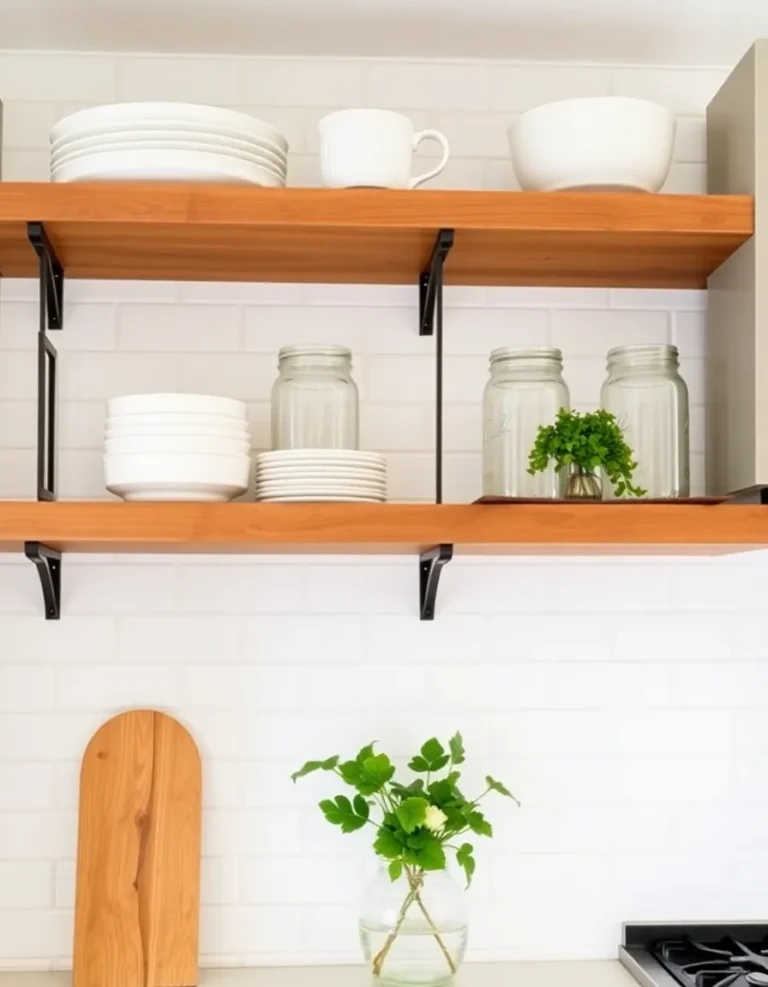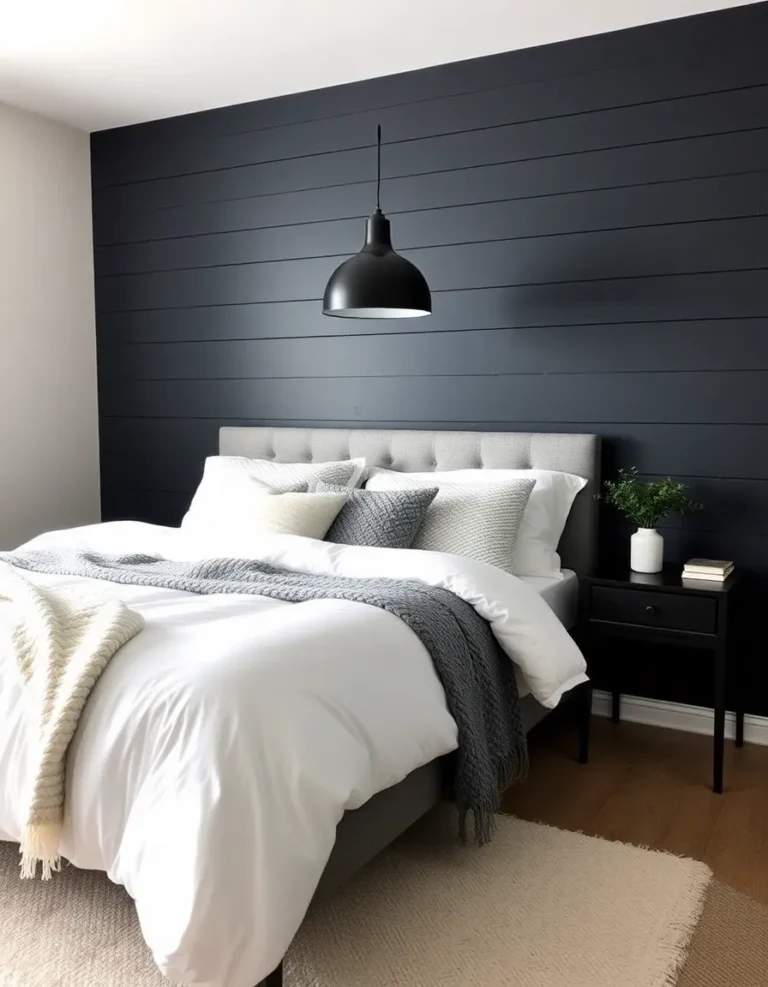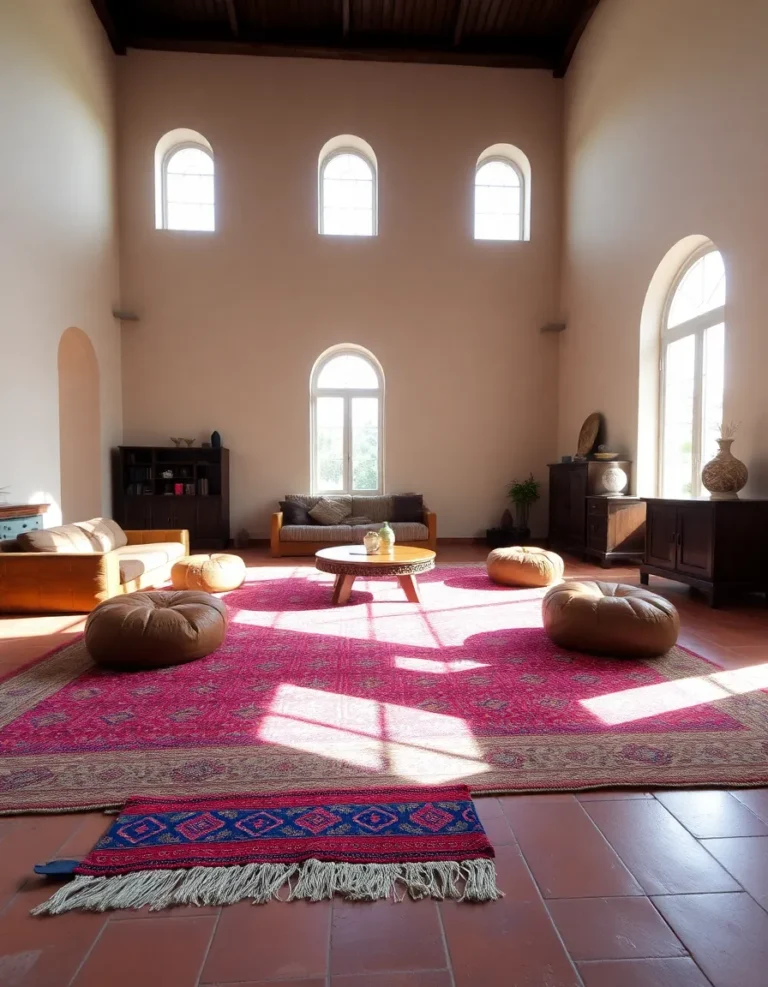Blending Rustic Materials with Contemporary Finishes
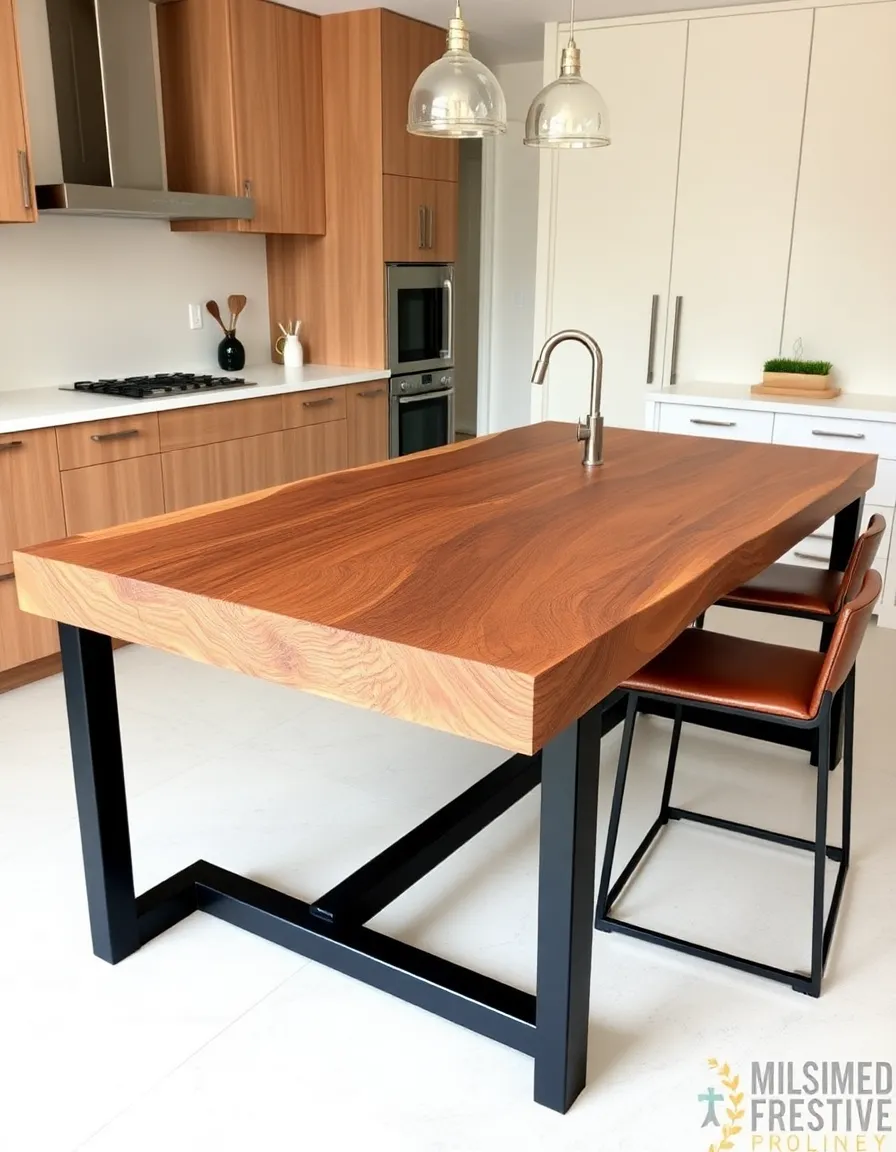
Hey there, design lover! If you’ve ever found yourself torn between the cozy charm of rustic materials and the sleek appeal of contemporary finishes, you’re not alone. I mean, who says you have to choose? Blending these two styles can create a space that feels both timeless and fresh—like your favorite vintage leather jacket paired with crisp white sneakers. It just works.
Now, I get it. Mixing styles can feel a little intimidating. What if it ends up looking like a Pinterest fail instead of a Pinterest win? But trust me, when done right, this combo brings warmth, texture, and a whole lot of personality to any room. Whether you’re renovating your kitchen, sprucing up your living room, or just daydreaming about your next project, I’ve got some tips to help you nail this look without breaking a sweat (or the bank).
So, grab your coffee (or wine, no judgment here), and let’s dive into how you can blend rustic materials with contemporary finishes like a pro. And hey, if you’ve ever wondered why reclaimed wood looks so darn good next to polished concrete, stick around—we’re about to find out.
1. The Magic of Reclaimed Wood and Sleek Metals
Let’s start with the holy grail of rustic-contemporary blends: reclaimed wood and sleek metals. There’s something about the rough, weathered texture of old wood that just sings when paired with the cool, clean lines of metal. Think exposed wooden beams with black iron light fixtures or a reclaimed wood dining table with chrome legs. *Chef’s kiss.*
I once helped a friend redo her kitchen island with a reclaimed wood countertop and stainless steel base. The result? A showstopper that had everyone asking, “Where’d you get that?” (Spoiler: We didn’t. We made it.) The key here is balance. Too much wood can feel like a log cabin, and too much metal can turn your space into a sterile lab. But together? Pure magic.
Pro tip: If you’re not ready to commit to a full reclaimed wood wall, try smaller accents like floating shelves or a statement mirror frame. It’s like dipping your toes in the water before diving in.
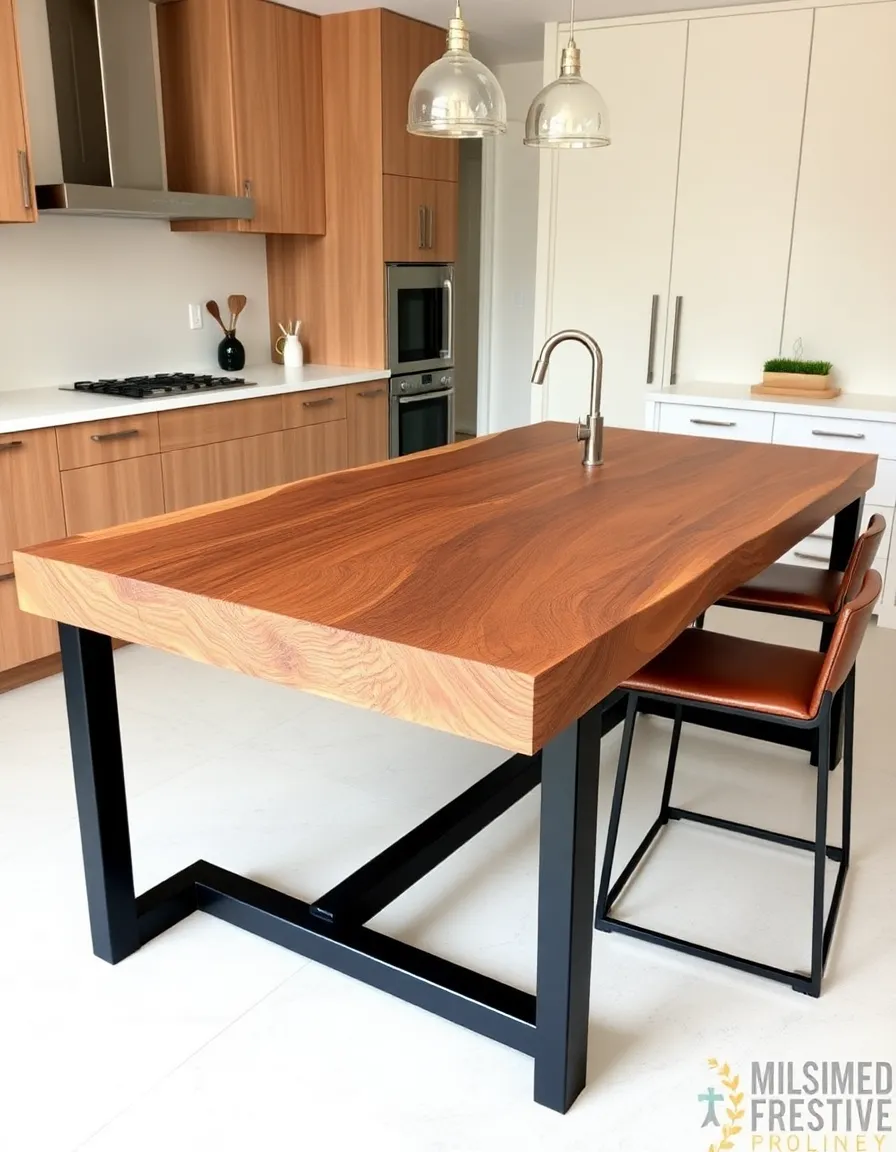
2. Concrete and Warm Textiles: An Unlikely Love Story
Okay, hear me out. Concrete floors might sound about as cozy as a parking garage, but pair them with the right textiles, and suddenly, you’ve got a space that’s both edgy and inviting. I’m talking plush rugs, chunky knit throws, and maybe even a sheepskin chair if you’re feeling extra.
I’ll admit, I was skeptical at first. Then I stayed at an Airbnb with polished concrete floors and the fluffiest area rug I’ve ever seen. Game. Changer. The contrast between the hard, industrial finish and the soft, tactile fabrics created this incredible tension that just worked. It’s like pairing a leather jacket with a silk dress—unexpected but oh-so-right.
FYI, if you’re worried about concrete being too cold (literally), radiant floor heating is a thing. Just saying.
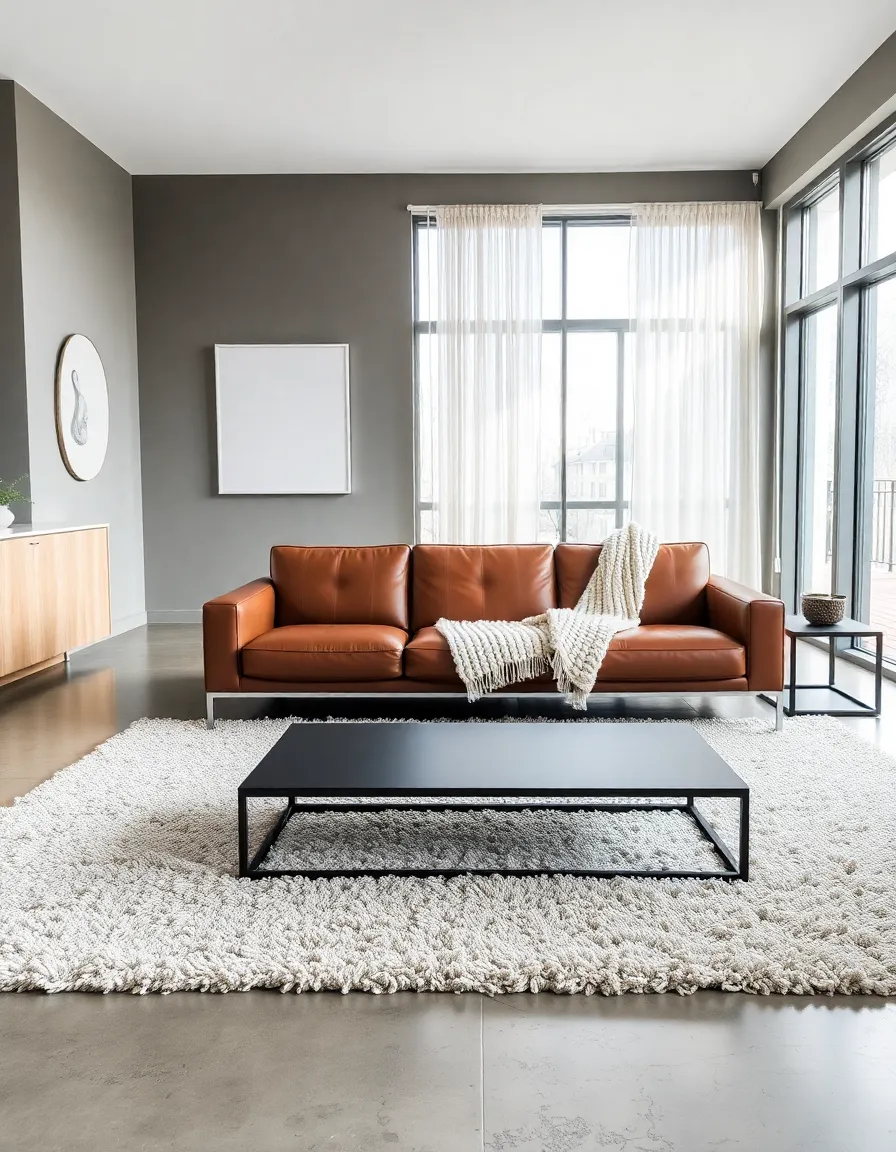
3. Mixing Natural Stone with Minimalist Fixtures
Natural stone is like that friend who’s effortlessly cool—it never goes out of style. But instead of pairing it with more rustic elements (yawn), why not let it shine against minimalist fixtures? Picture a rough-hewn marble countertop with glossy white cabinets or a slate backsplash with matte black faucets.
My bathroom renovation taught me this lesson the hard way. I initially went all-in on stone—walls, floors, even the vanity. It felt like a cave. Then I swapped out the bulky vanity for a floating one with clean lines and added a frameless mirror. Suddenly, the stone became the star instead of the whole show.
Remember: Stone has enough personality on its own. Let it breathe by keeping the surrounding elements simple and understated.

4. Industrial Lighting in a Cozy Space
Nothing says “contemporary” like industrial lighting—think exposed bulbs, metal cages, and geometric shapes. But toss those into a room with rustic wood furniture and a brick accent wall, and suddenly, you’ve got a space that’s equal parts cozy and cool.
I recently installed a cluster of black metal pendant lights over a farmhouse-style dining table, and the combo was *chef’s kiss.* The lights added just enough edge to keep the space from feeling like a country cottage, while the wood kept it from feeling too cold. Win-win.
Don’t be afraid to play with scale here. A single, oversized industrial fixture can make a bold statement, while smaller, clustered lights add visual interest without overwhelming the room.
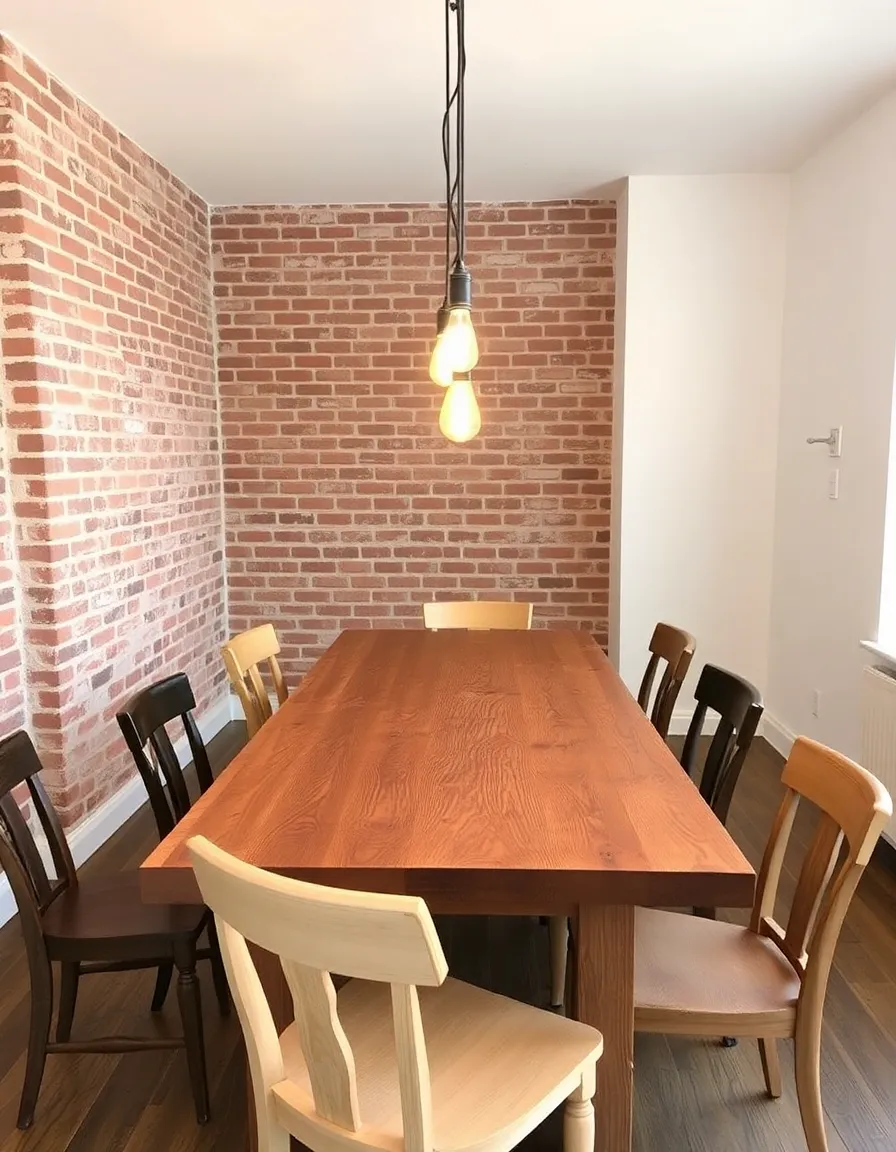
5. The Power of Neutral Color Palettes
When you’re mixing rustic and contemporary elements, color can make or break the look. Stick to a neutral palette—whites, grays, blacks, and earthy tones—to keep things cohesive. This isn’t the time for neon accents (unless you’re going for a very specific vibe, in which case, you do you).
I learned this the hard way when I tried to add a bright red couch to my otherwise neutral living room. Let’s just say it looked… interesting. A week later, I swapped it for a charcoal gray sofa, and suddenly, the room felt intentional and polished. Lesson learned.
Neutrals don’t have to be boring, though. Play with texture—think linen curtains, a wool rug, or a leather ottoman—to add depth and interest without introducing competing colors.
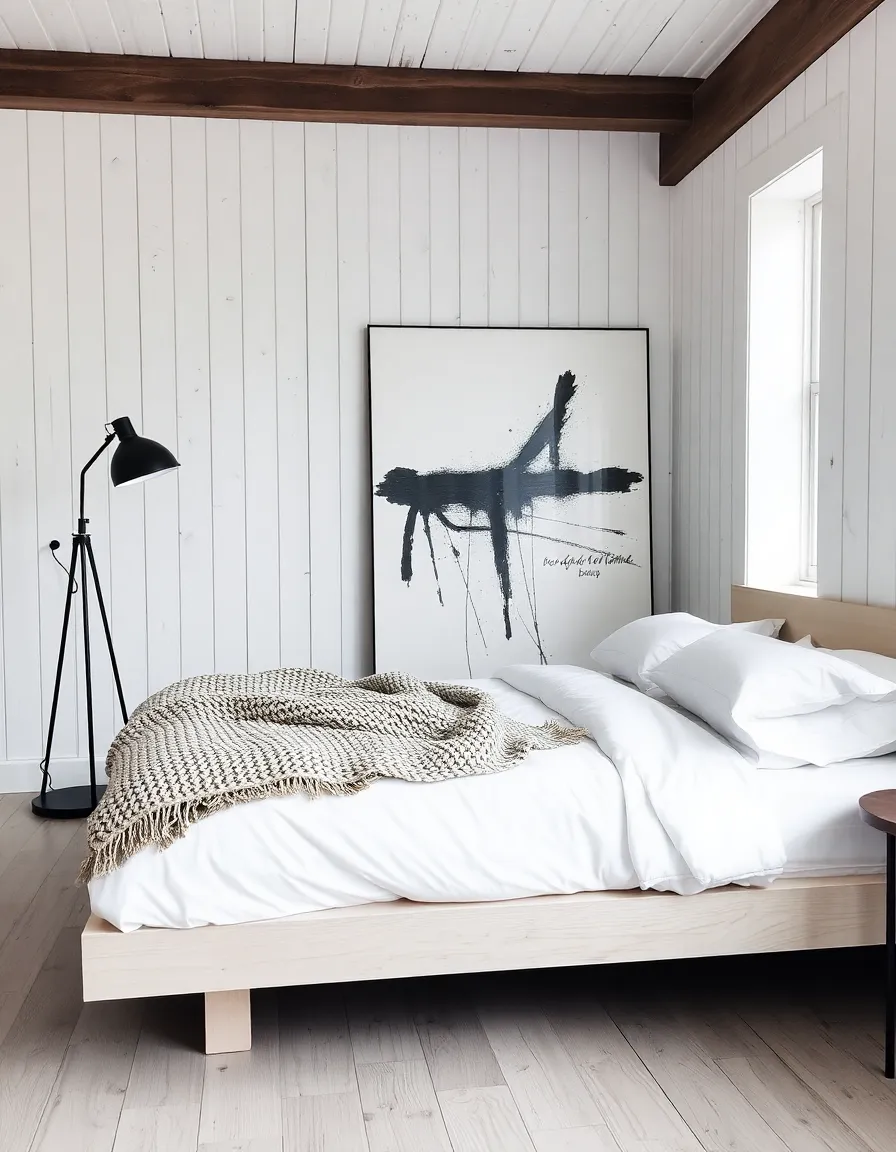
6. Blending Old and New Furniture
Here’s where things get really fun. Mixing vintage or rustic furniture with sleek, modern pieces creates a layered, collected-over-time look that’s full of personality. Try a mid-century modern chair next to a rough-hewn wooden desk or a contemporary glass coffee table with a vintage leather sofa.
My favorite hack? Hit up flea markets or Facebook Marketplace for unique rustic pieces, then pair them with something ultra-modern from a big-box store. Not only does it save money, but it also ensures your space doesn’t look like a catalog. Win-win.
Just remember: Too many styles can feel chaotic. Stick to one or two rustic pieces per room to keep things balanced.
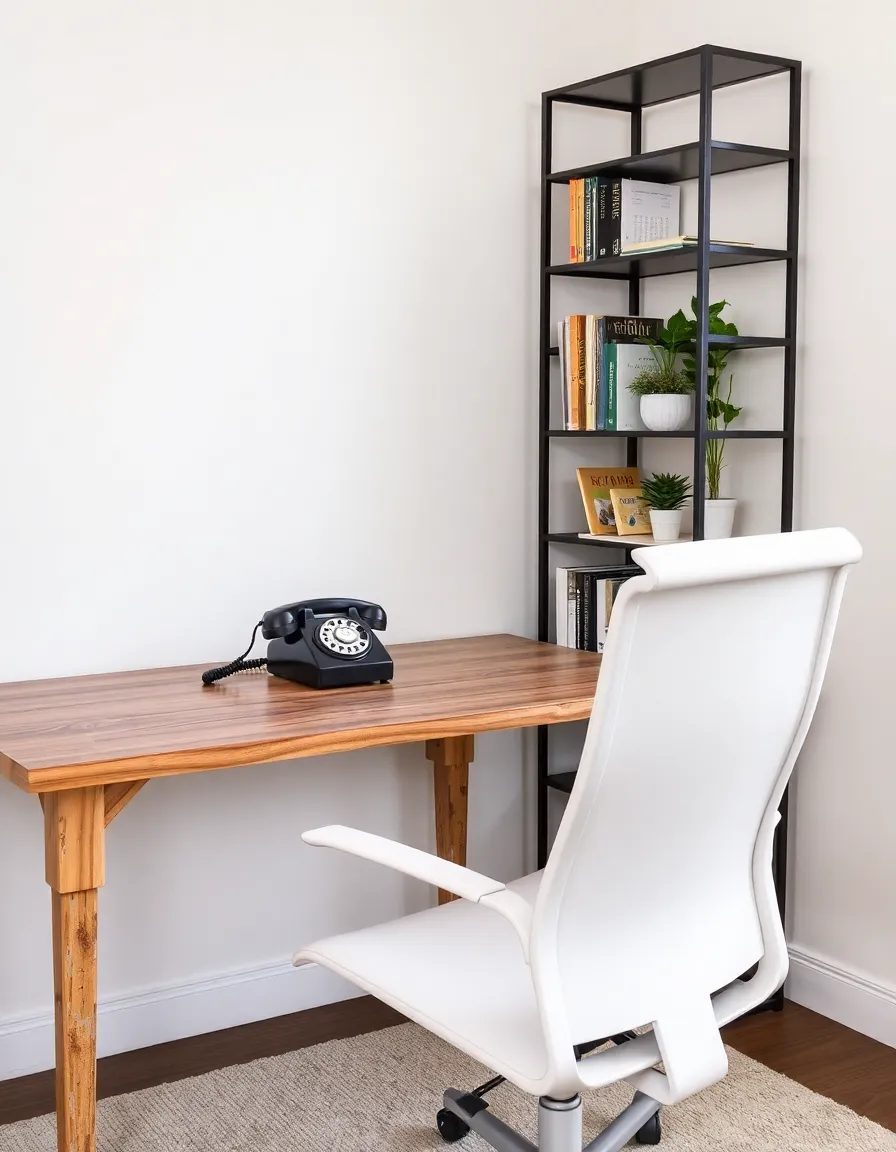
And there you have it—six ways to blend rustic materials with contemporary finishes without losing your mind (or your design cred). The best part? There are no hard rules here. If you love it, it works. So go ahead, experiment, and have fun with it. After all, your home should tell your story, not just follow trends.
Now, I’d love to hear from you. Have you tried mixing these styles before? What worked (or didn’t)? Drop a comment below or tag me in your latest project. And if you’re still on the fence, just remember: Even the most stunning spaces started with a little trial and error. Happy designing!

